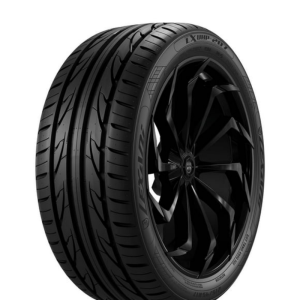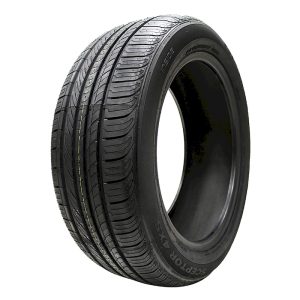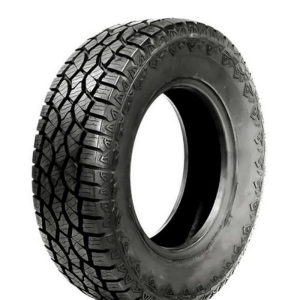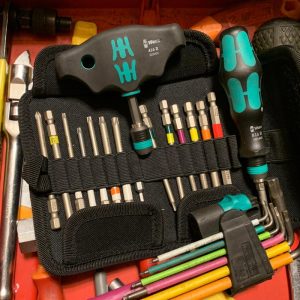
Inflating tires with nitrogen has become a topic of much discussion and interest among vehicle owners. While many people traditionally use air for their tires, a growing number of drivers and even some professional racers are opting for nitrogen inflation instead. But why put nitrogen in tires? The reasons primarily revolve around better tire performance, enhanced fuel efficiency, and safety, but there’s a lot more to consider. Nitrogen-filled tires can maintain their pressure longer, decrease the risk of moisture buildup, and improve overall ride quality. However, misconceptions persist about the true advantages of nitrogen compared to regular air. In this comprehensive article, we’ll delve into the science of nitrogen inflation, reviewing its benefits, addressing common myths, and helping you determine whether switching to nitrogen is right for you.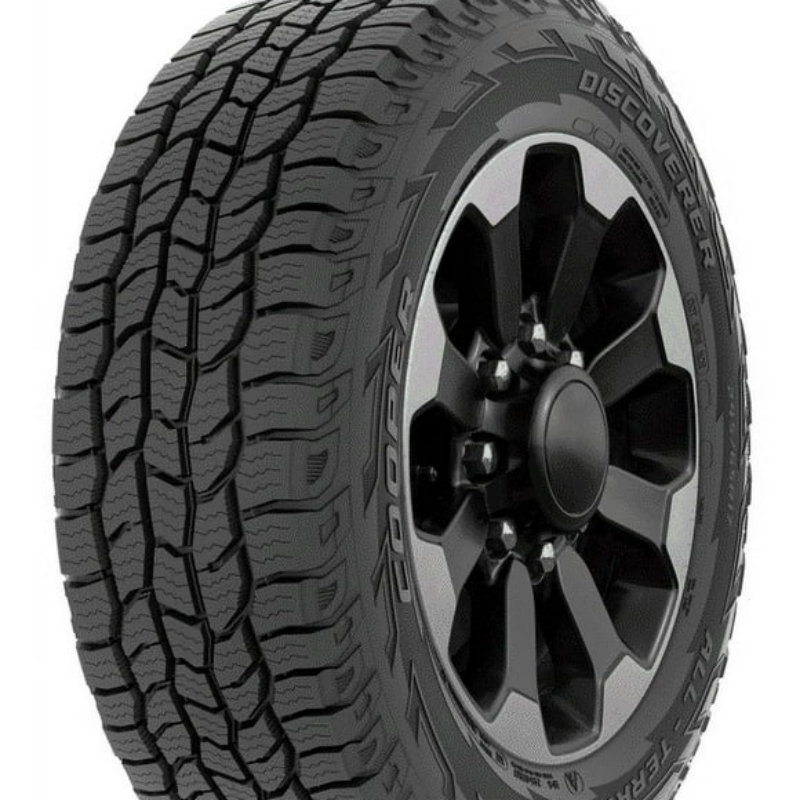
Understanding Tire Inflation: The Basics
Before diving into the specifics of why to put nitrogen in tires, it’s essential to understand the basic principles of tire inflation. Tire inflation directly impacts your vehicle’s handling, safety, and performance.
- Air Composition: Tire air is primarily made up of nitrogen (about 78%), oxygen, carbon dioxide, and trace gases. When you inflate a tire with regular air, you’re mostly filling it with nitrogen, but you’re also introducing moisture and varying amounts of oxygen.
- Pressure Dynamics: Tire pressure must be checked periodically, as inflated tires lose pressure over time due to numerous factors, such as temperature changes, permeation, and minor punctures. Proper tire pressure ensures optimal contact with the road and maintains vehicle stability.
- Importance of Correct Inflation: Underinflated tires can lead to increased friction and wear, poor fuel efficiency, and compromised handling. Overinflated tires can cause a hard ride, increased risk of blowouts, and uneven wear. Thus, maintaining appropriate tire pressure is crucial for safety and performance.
Understanding these fundamentals sets the stage for exploring the benefits and reasons behind using nitrogen in tires.
Benefits of Using Nitrogen in Tires
Switching from regular air to nitrogen for tire inflation offers a variety of benefits. Here are some key advantages you might experience:
- Reduced Pressure Loss: One of the primary reasons to put nitrogen in tires is that it reduces the rate of pressure loss. Nitrogen molecules are larger than those of oxygen, which slows down the process of permeation through the rubber tire walls. This translates to longer-lasting tire pressure, which can enhance performance and safety.
- Better Fuel Efficiency: Properly inflated tires lead to optimal fuel consumption. As nitrogen-filled tires maintain their pressure longer, drivers may notice improved fuel economy over time, as lower rolling resistance translates to less fuel being burned.
- Improved Handling and Ride Quality: Consistent tire pressure enhances overall vehicle handling. With nitrogen keeping tires properly inflated, drivers can expect a smoother, more comfortable ride, especially during long trips or on bumpy roads.
- Lower Temperature Fluctuations: When tires heat up during driving, the pressure can increase with traditional air inflation. Nitrogen, being less susceptible to temperature changes, can lead to more stable tire pressure during extreme weather conditions, ensuring a safer driving experience.
- Moisture Reduction: Air contains moisture, which can lead to corrosion and other negative effects inside the tire. Nitrogen is dry, so filling tires with nitrogen reduces the risk of moisture accumulation, promoting better tire health.
These benefits showcase why many car owners are considering the switch to nitrogen for their tires.
Common Myths About Nitrogen in Tires
While the advantages of using nitrogen in tires are well-documented, several misconceptions continue to circulate. Addressing these myths can help vehicle owners make informed decisions:
- Myth: Nitrogen is Only for Racers: While many professional racers use nitrogen for its performance benefits, it’s not exclusive to them. Everyday drivers can also take advantage of nitrogen inflation for smoother rides and improved safety.
- Myth: Only Special Tires Can Use Nitrogen: Many people believe that only high-performance or specialized tires can be inflated with nitrogen. In reality, any standard tire can be filled with nitrogen, including those on everyday passenger vehicles, SUVs, and trucks.
- Myth: Nitrogen is a New Trend: The use of nitrogen for tire inflation has been around for many years, predominantly in aviation and industrial applications. Awareness among everyday consumers has increased recently, but the practice itself is not new.
- Myth: Filling Tires with Nitrogen is Expensive: While there may be a small fee associated with nitrogen filling at some service stations, many tire shops offer it as part of regular tire maintenance. The potential benefits can outweigh the nominal costs.
By understanding these myths, you can become more informed about the advantages of using nitrogen in tires without falling victim to misconceptions.
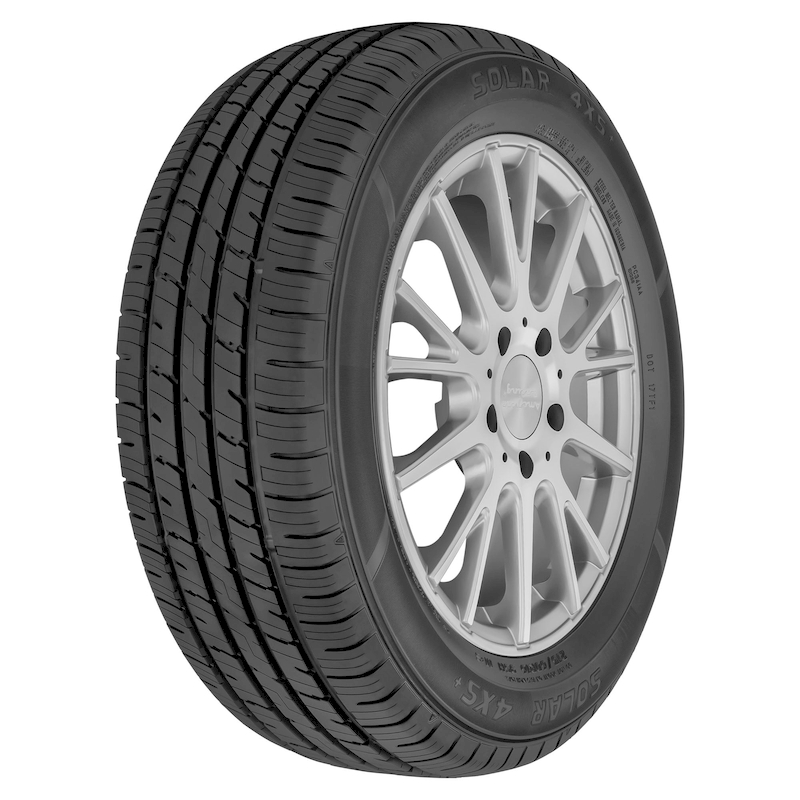
Effective Maintenance for Nitrogen-Inflated Tires
Proper maintenance is key to maximizing the performance of nitrogen-inflated tires. While the benefits of nitrogen inflation are numerous, maintaining the tires is essential for ensuring those advantages last. Here are some maintenance tips:
- Regular Pressure Checks: Although nitrogen-filled tires lose air more slowly than those filled with regular air, it’s still crucial to perform regular pressure checks. Use a reliable tire pressure gauge to monitor the pressure and adjust as necessary.
- Avoid Mixing Gases: To enjoy the full benefits of nitrogen, avoid mixing nitrogen with ambient air. If you need to top off your tires, it’s best to visit a tire shop that can refill them with nitrogen rather than using regular air.
- Monitor Tire Wear: Keep an eye on your tires for any signs of uneven wear, which can indicate problems with inflation or alignment. Addressing issues early can prevent further damage and enhance tire life.
- Seek Professional Help: If you’re unsure about tire pressure, alignment, or any maintenance issues, consult a professional mechanic or tire specialist. Their expertise can provide valuable insights to ensure your tires remain in excellent condition.
Taking these maintenance steps can help you enjoy the benefits of nitrogen-filled tires while extending the lifespan of your tires.
The Environmental Impact of Nitrogen Inflation
Although the advantages of using nitrogen in tires are often discussed in terms of performance and convenience, it’s also worth considering the environmental implications. Here are a few points to keep in mind regarding the environmental impact of nitrogen inflation:
- Extended Tire Life: Nitrogen can potentially extend the lifespan of tires by reducing wear and tear. This contributes not only to safety and performance but also reduces waste from tire disposal.
- Improved Fuel Efficiency: Enhanced fuel efficiency from properly inflated tires lowers fuel consumption and emissions, benefiting both your pocketbook and the planet.
- Less Frequent Maintenance: Using nitrogen means tires maintain their pressure longer, reducing the frequency of maintenance checks and associated journeys to service stations. This can lower fuel consumption and emissions resulting from those trips.
While the environmental benefits of nitrogen inflation may not be the primary reason for its use, they are worth considering as part of a comprehensive commitment to sustainable practices.
When to Choose Nitrogen Inflation for Tires
Deciding when to put nitrogen in tires requires evaluating your specific needs and circumstances. Here are some situations when nitrogen inflation is particularly advantageous:
- Frequent Long-Distance Travel: If you often embark on long road trips, nitrogen-filled tires may be beneficial for maintaining consistent performance and comfort.
- Performance Driving: For enthusiasts who engage in performance driving or motorsports, nitrogen may help optimize tire pressure and handling, improving responsiveness and safety.
- Tire Longevity Concerns: If you prioritize maximizing tire longevity and reducing the need for replacements, nitrogen inflation can help achieve these goals.
- Extreme Weather Conditions: Drivers in regions with extreme temperatures, either hot or cold, may find that nitrogen helps maintain stable tire pressure in fluctuating climates.
- Fleet Vehicles: Organizations managing fleets may wish to consider nitrogen filling for their vehicles, as it offers benefits related to tire longevity and performance, ultimately resulting in cost savings.
By assessing these scenarios, you can determine when nitrogen inflation may be the most advantageous option for your tires.
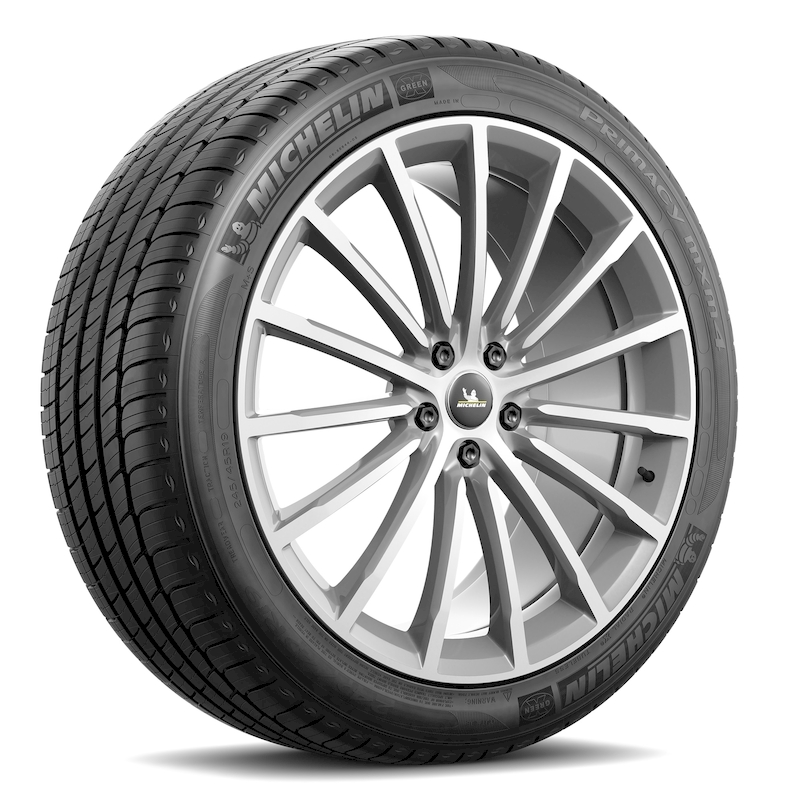
Conclusion
Understanding why put nitrogen in tires opens the door to numerous benefits that can enhance your driving experience and ensure safety on the road. From improved pressure retention and better fuel efficiency to reduced wear and tear, the advantages of using nitrogen are compelling for both casual drivers and automotive enthusiasts alike.
While myths and misconceptions might discourage some from considering nitrogen inflation, being informe about the realities can lead to smarter decisions. Moreover, proper maintenance of nitrogen-filled tires can bolster their longevity and performance, further reinforcing the value of this approach.
In the current environmental climate, the added sustainability and performance benefits make nitrogen inflation an appealing choice for the modern driver. As you consider ways to enhance your vehicle’s reliability and efficiency, exploring the option of using nitrogen for tire inflation provides a practical step toward a safer and more enjoyable driving experience.
